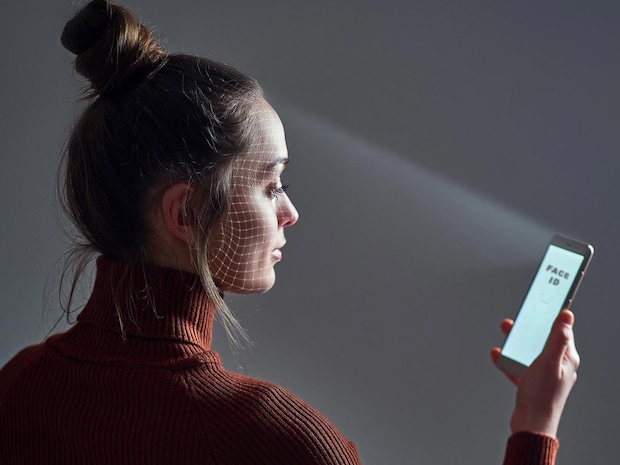- Digitization
Shining a light on smartphone camera lenses
Today, the photo and video functions of a smartphone are deigned to be its second most important feature. Every single lens that goes into a smartphone has to be precision measured and tested. When it comes to the testing and measurement of smartphone camera lenses, we are the industry standard.

The size and slimness of smartphones might go up and down year on year like a serial dieter but one aspect that follows an ineluctable trajectory is their photonic sharpness and the higher and higher resolution of the pictures people take. It is something that most of us have come to expect. But who would have thought it, twenty years ago, that you could carry a camera in your pocket that weighed less than 100 grams, yet took on the mighty Nikons and Canons of this world.
We were there, at the start of the story, twenty years ago. It was us that were approached to test the lenses destined to be installed as part of a micro camera in a mobile phone. The word smart was still waiting in the wings. We responded with the ImageMaster® PRO 1, a table-top instrument for qualifying optics that looked like it could have been dispatched from the cook shop. Now, when it comes to the testing and measurement of smartphone camera lenses, we are the industry standard. And the latest version ImageMaster® PRO 10 (pro for production) looks more like something out of the operating room.

Today, the photo and video functions of a smartphone are deigned to be its second most important feature. Unsurprisingly, 100 percent of users make use of the telephone function but, not far behind, 90 percent use their phone to take pictures or videos to share with their friends and families via platforms like WhatsApp and Instagram. Today’s home movie is no longer an elaborate production. And it’s very high quality, with no particular skills, of eye or hand, required. Ditto with stills. We can all aspire to be a Richard Avedon or Annie Leibovitz now two of the most important photographers of our time. Thanks, in large part, to us.
Every lens that goes into a smartphone has to be precision measured and tested. It’s more than likely that the lenses in your phone have been tested by our ImageMaster® PRO. We say lenses plural because increasingly smartphone cameras contain specialist optics like zoom and fisheye in addition to standard lenses. And what many people don’t know is that when you press the reverse icon on your camera to take a selfie a different lens slips into place to accommodate the average arms’ length of 40cm. Press it again and you flip the lens to the main camera in ‘infinite’ modus: from the children playing in the garden to the mountain range yonder.
Along with quality control, traceability is another of our key hallmarks and our measurement results are traceable to international standards.
The quality of both still and moving pictures doesn’t stand still of course. If there’s one other sure thing besides death and taxes it’s that technology keeps advancing. And the speed at which it advances keeps getting quicker and quicker. The continuous improvement of smartphones doesn’t just come down to photonics – the software capability marches on inexorably too.










